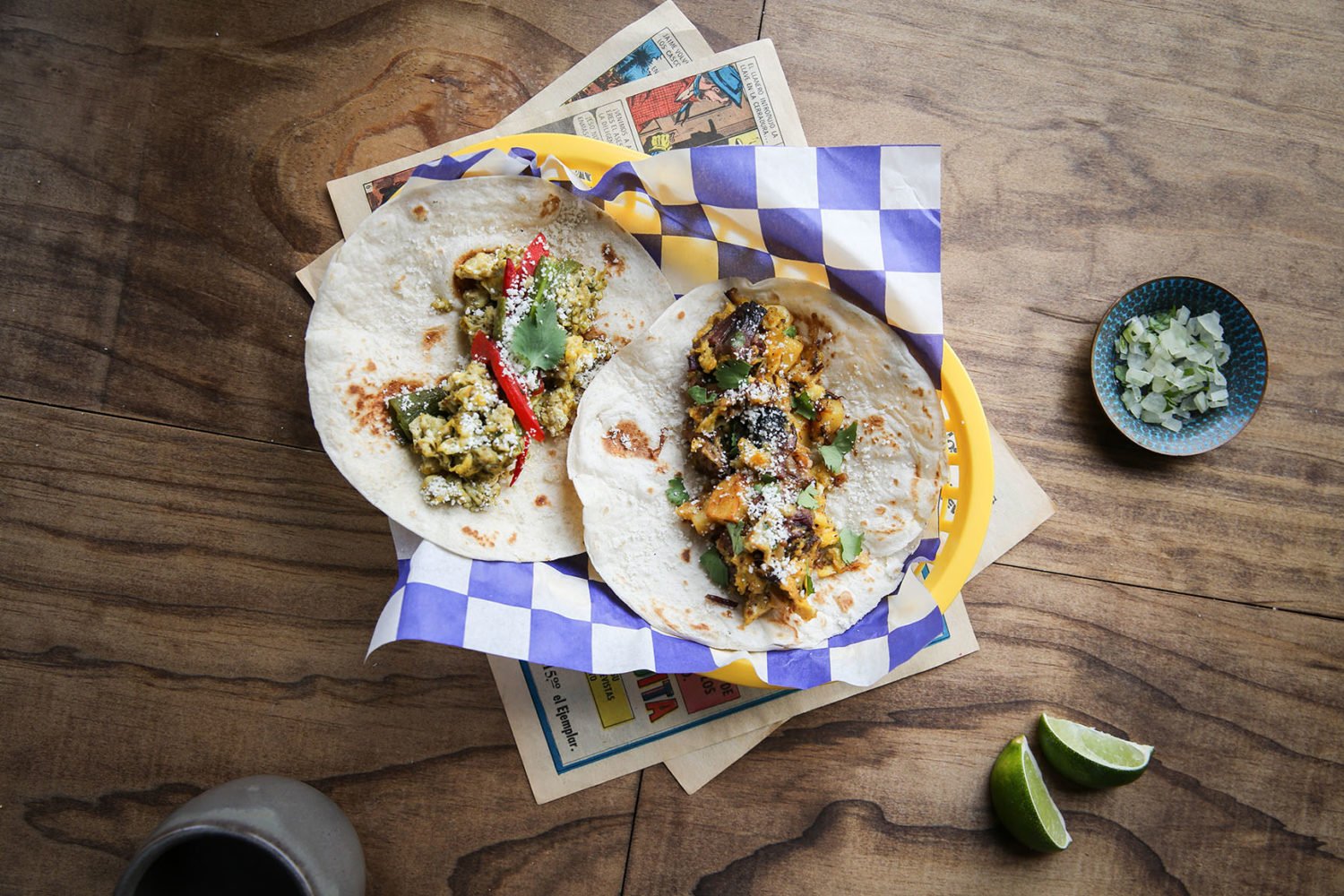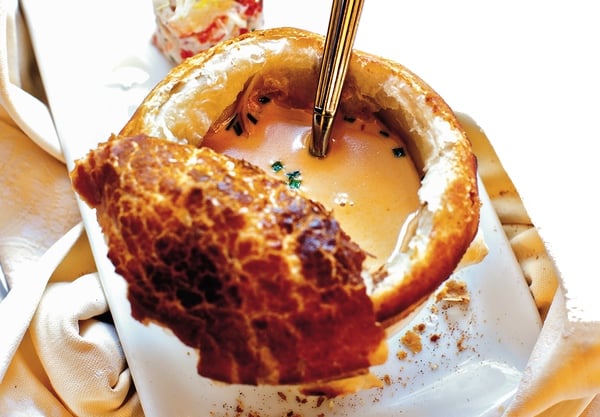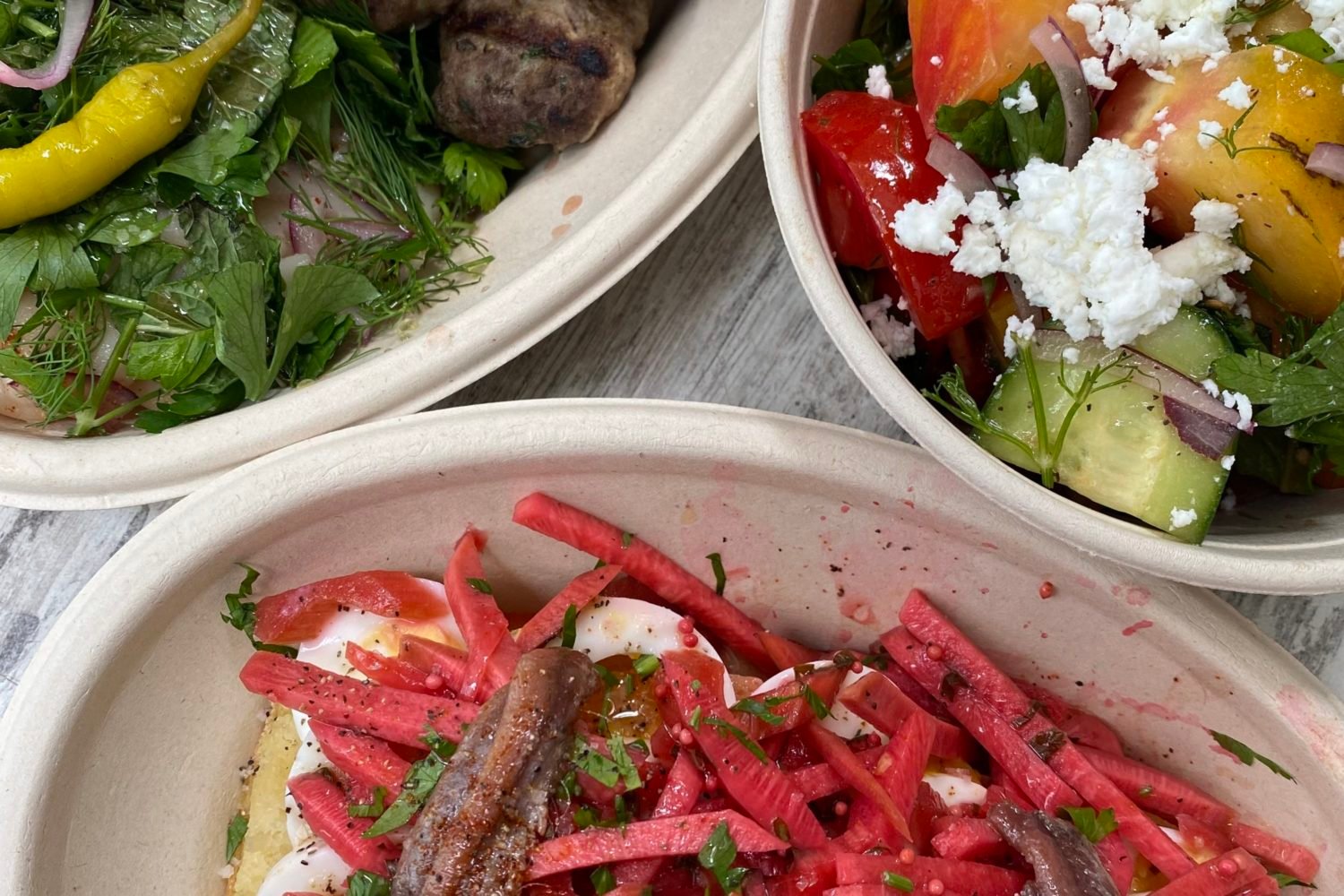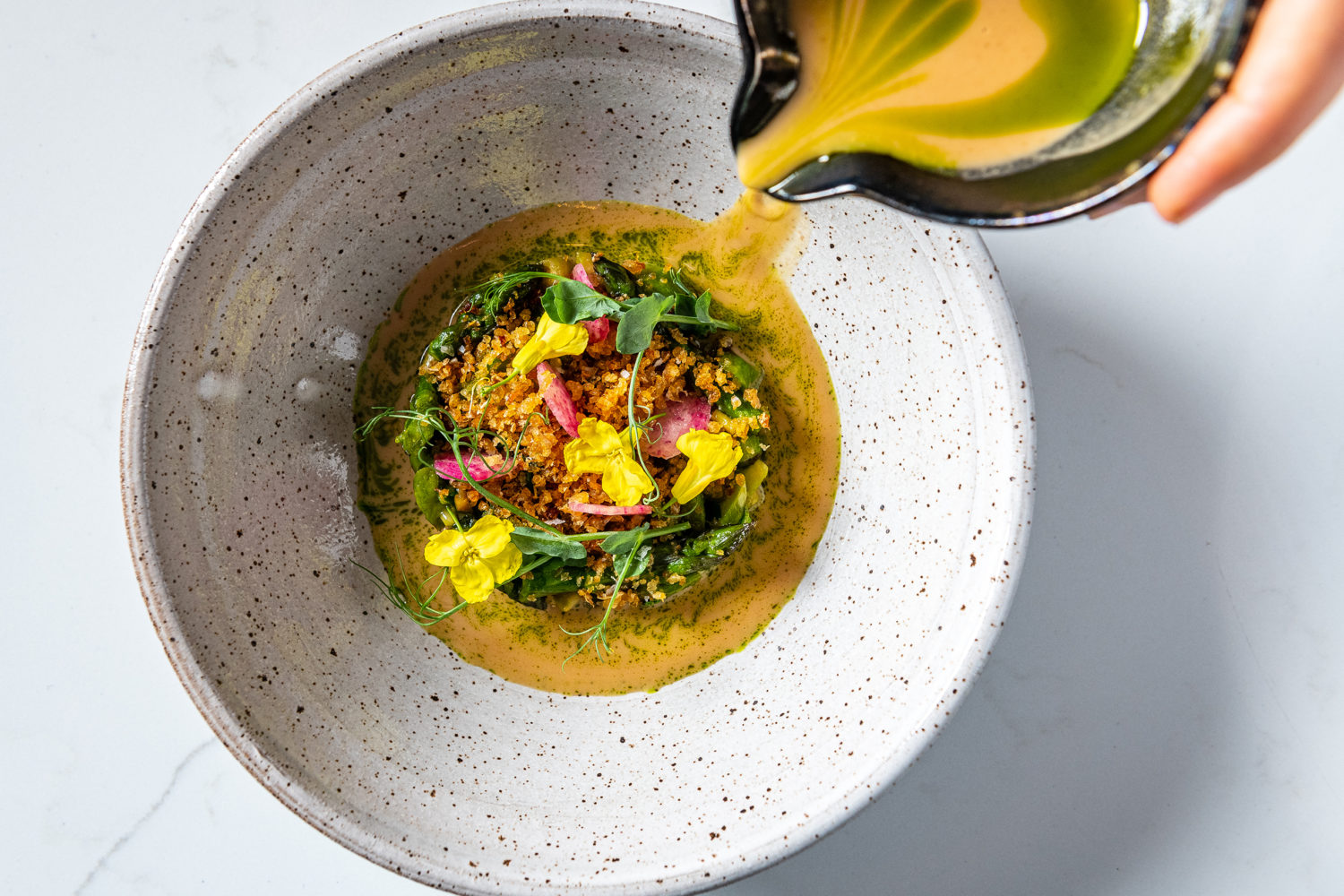From June 2006 Cheap Eats
The name refers to the traditional metal cauldron used to cook the long-simmered broths that are the specialty of this Korean restaurant, a handsome mall spot with stylish tiled floors, two-tone wooden tables, and mahogany-vinyl booths.
The best of the design touches is the open kitchen, rare for a Korean restaurant. If the menu doesn't persuade you to order one of the many entrée-size soups, called tangs, then watching the action in the kitchen will. Keep your eye on the stove, where fistfuls of vividly colored vegetables are layered atop flame-licked bowls of broth laden with meat and left to steam before being brought to the table.
Coaxing the flavors from oxtail (meat, bones, and cartilage) over 48 hours produces a rich, distinctive broth, milky in color and surprisingly delicate in flavor. Sul Leung Tang adds to this broth chewy rice-noodle disks, strands of egg, and thin strips of beef; you can eat the broth and the meat together, or pull the meat from the broth and dip it into a tiny saucer of soy, garlic, and chilies. As with eating pho, the broth remains the constant in each of the many variations; what's different is the mix of meats and vegetables.
There are good dishes beyond the broths, including beef-and-scallion dumplings (whether fried or steamed), buckwheat noodles tossed with chili-paste-dabbed slices of beef, and sweet, sesame-dusted barbecue pork.
This last is modestly presented–no sizzling portable tabletop grills employed here–and is just one of a small handful of barbecue dishes, which typically form the backbone of many Korean menus. By the same token, the kitchen sends out fewer panchan–the little snacks that precede a meal and turn every Korean dinner into a surfeit of dishes–than most. Too bad. The kimchee, cut with scissors at the table, disappoints, but a dish of blood sausage is rare and delicious, as is a dish of sliced, soy-marinated Asian pears.













